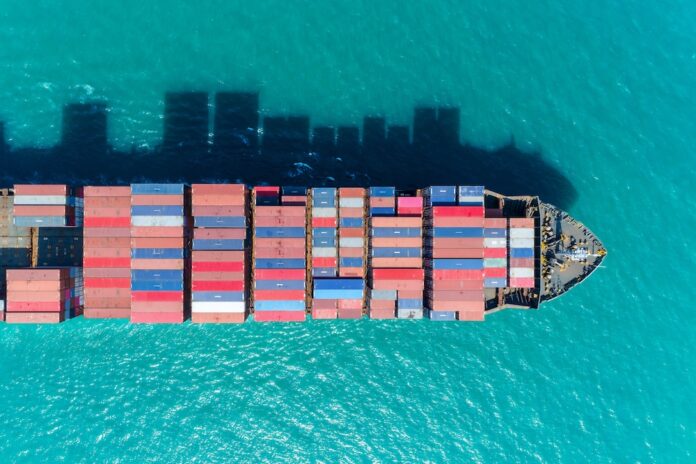New cable will be more resilient but not anchor-proof as the world’s cable operators know only too well
The venerable 18,800km SEA-ME-WE 4 cable connecting Europe and Asia is getting a capacity boost along its route by deploying Ciena’s GeoMesh Extreme and WaveLogic 5 Extreme products to significantly improve it from 65Tbps to 122Tbps.
The submarine cable is operated by 16 telecom operators and connects Singapore, Malaysia, Thailand, Bangladesh, India, Sri Lanka, Pakistan, United Arab Emirates, Saudi Arabia, Egypt, Italy, Tunisia, Algeria, and France.
The upgrade demonstrates just how far subsea optical technology has progressed. The cable, which was made ready for service in 2005, had an original design capacity of 1.28Tbps. It was upgraded to 4.6Tbps in 2015 and in 2022, Bangladesh Submarine Cable Company announced further upgrades to its segments.
Just over a decade ago Ciena was selected with Alcatel-Lucent to upgrade the cable to 40Gbps transmission. Ciena was selected to supply optical switching equipment for all 16 cable landing sites as well as for 100G transport for an upgrade of the terrestrial link connecting Alexandria to Suez in Egypt. Today, Ciena’s WaveLogic 5 Extreme coherent optics increases the capacity per wave up to 450Gbps. SEA-ME-WE 4 is also utilising Ciena’s Navigator Network Control Suite for real-time visibility into and control of network performance.
“Ciena’s cutting-edge technology is helping us in optimizing the resources of the SEA-ME-WE 4 cable, thereby enhancing its capabilities to address evolving connectivity demands through enhancement in network capacity, flexibility, and durability,” said SEA-ME-WE 4 consortium management committee chairman Sidheeque Machinal. “This upgrade holds particular significance given the pivotal role of the SEA-ME-WE 4 cable system in driving digitalisation efforts across the diverse regions where the system is passing through.”
“The Europe-to-Asia route, where SEA-ME-WE 4 is situated, is experiencing a major digitalisation push, resulting in extreme capacity demands,” said Ciena VP global submarine solutions Thomas Soerensen. “We’re helping SEA-ME-WE 4 address rising capacity demands by making the switch to network architectures that adapt to leverage intelligence, scalability, and programmability.”
Resilient but not anchor-proof
New technology can always boost undersea cable resilience, but SEA-ME-WE 4 is one of around 15 cables traversing the seabed of the Red Sea which was recently bottom trawled by a crippled ship’s anchor, cutting four cables – Seacom, TGN, AAE-1, EIG. The resultant cuts had an estimated 25% impact on traffic. According to HGC Global Communications Limited (HGC), around 15% of Asia traffic goes westbound, while 80% of that traffic will pass through these [cut] submarine cables in the Red Sea.
As a result, HGC like many other telcos has rerouted traffic through mainland China and the US and taken capacity on the other 11 uncut cables. Meanwhile Seacom told the media it was still awaiting the necessary permits to fix its broken cable system in the Red Sea. Its repair partner, E-marine, had applied for repair permits through the appropriate authorities, Seacom said in a statement. “As part of the regulatory process, we anticipate that permitting could take up to eight weeks to obtain,” it said.
“While we remain optimistic that the cable repairs will proceed as planned during the second quarter, as previously communicated, we are mindful of the ongoing unrest in the region,” the company added.
The conflict in the region is also posing a dilemma. “This situation may introduce unforeseen challenges that could potentially impact our repair timeline. We are closely monitoring the situation and will continue to keep all stakeholders updated on the progress of the repair operations as events unfold,” said the Seacom statement.



